

Molly screws, also known as drywall anchors or expansion screws, are specialized fasteners designed to securely attach items to hollow walls, such as drywall or plasterboard. They work by expanding behind the wall, creating a strong anchor point. Choosing the right molly screw and using it correctly is crucial for a successful installation. This guide provides detailed information on types, selection criteria, installation techniques, and troubleshooting tips for molly screws.Understanding Molly ScrewsMolly screws are essential for hanging heavier items on drywall or plaster walls where there is no stud to screw into. They provide a much more secure hold compared to simply driving a screw into the drywall itself.Types of Molly ScrewsThere are several types of molly screws available, each with its own strengths and weaknesses: Hollow Wall Anchors (Standard Molly Screws): These are the most common type and are suitable for a wide range of applications. They consist of a screw and a metal sleeve that expands behind the wall. Mushroom Head Molly Bolts: Ideal for applications where a flush finish is desired. The head sits flat against the surface. Hook Molly Bolts: Designed for hanging items directly, such as pictures or mirrors. These have a built-in hook at the end. Umbrella Head Molly Bolts: Offers a wider holding surface.Selecting the Right Molly ScrewChoosing the right molly screw depends on several factors:Weight CapacityThe most important factor is the weight of the item you are hanging. Molly screws have different weight capacities, so choose one that is rated for the weight of your item plus a safety margin. Refer to the manufacturer's specifications for weight ratings. Hebei Muyi Import&Export Trading Co.,Ltd offers a variety of molly screws with different weight capacities to suit your specific needs. Check out their catalog on muyi-trading.com.Wall ThicknessMolly screws are designed for specific wall thicknesses. Ensure that the molly screw you choose is the correct length for your wall thickness. If the screw is too short, it will not expand properly behind the wall. If it's too long, it might interfere with items inside the wall cavity.MaterialMolly screws are typically made of steel or zinc. Steel is stronger but more susceptible to corrosion. Zinc is more corrosion-resistant but may not be as strong. Consider the environment where the molly screw will be used when choosing the material.Item ThicknessThe thickness of the item being attached also plays a role in selecting the correct molly screws. The molly screw must be long enough to pass through the object being attached and expand correctly behind the wall.How to Install Molly ScrewsProper installation is crucial for ensuring that molly screws provide a secure hold.Tools You'll Need Molly screw Drill Drill bit (matching the molly screw size) Screwdriver Hammer (optional)Step-by-Step Installation Guide Drill a Pilot Hole: Drill a pilot hole in the wall at the desired location. The size of the drill bit should match the size of the molly screw. Insert the Molly Screw: Insert the molly screw through the item you are hanging and into the pilot hole. Set the Anchor: Use a screwdriver to tighten the screw. As you tighten, the sleeve behind the wall will expand, creating a secure anchor. Continue tightening until the anchor is firmly set. Final Tightening: Once the anchor is set, you may need to loosen the screw slightly to allow the item to sit flush against the wall.Troubleshooting Common IssuesSometimes, things don't go as planned. Here are some common issues and how to fix them:Molly Screw Spinning in the HoleIf the molly screw is spinning in the hole, it means the pilot hole is too large or the drywall is damaged. Try using a larger molly screw or patching the hole with spackle and redrilling.Molly Screw Not Expanding ProperlyIf the molly screw is not expanding properly, it could be due to incorrect wall thickness or a defective molly screw. Ensure you are using the correct size molly screw for your wall thickness and try a different molly screw.Stripped Screw HeadIf you strip the screw head, it will be difficult to tighten the molly screw. Use a screw extractor to remove the stripped screw and replace it with a new one.Molly Screw AlternativesWhile molly screws are excellent for many applications, there are alternatives to consider: Toggle Bolts: These are stronger than molly screws and are suitable for heavier items. Self-Drilling Drywall Anchors: These are easy to install and are good for lighter items. Wall Studs: If possible, screw directly into a wall stud for the strongest hold.Where to Buy Molly ScrewsMolly screws are widely available at hardware stores, home improvement centers, and online retailers. Consider purchasing from reputable suppliers like Hebei Muyi Import&Export Trading Co.,Ltd for high-quality molly screws. Their extensive range ensures you'll find the perfect molly screws for your projects. You can reach them for inquiries at https://muyi-trading.com.Safety PrecautionsAlways wear safety glasses when drilling and installing molly screws. Be careful not to overtighten the screws, as this can damage the drywall. Also, before drilling, always check for electrical wires or plumbing behind the wall.ConclusionMolly screws are a versatile and reliable solution for hanging items on drywall and plaster walls. By understanding the different types, selecting the right size and material, and following proper installation techniques, you can ensure a secure and long-lasting hold. Remember to consider alternatives and prioritize safety when working with molly screws.Disclaimer: This article is for informational purposes only. Always consult with a qualified professional for specific advice related to your project. Weight ratings are estimates and may vary depending on wall conditions. Always follow the manufacturer's instructions.


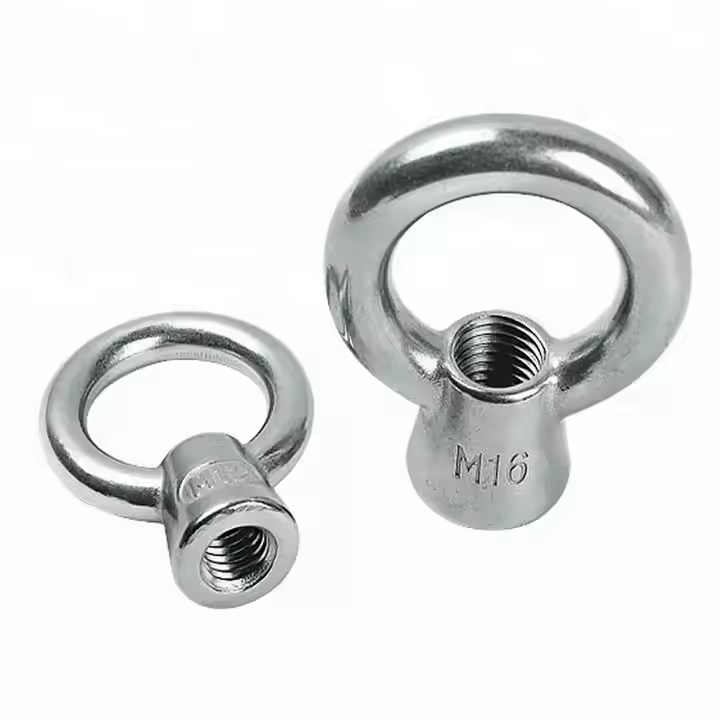
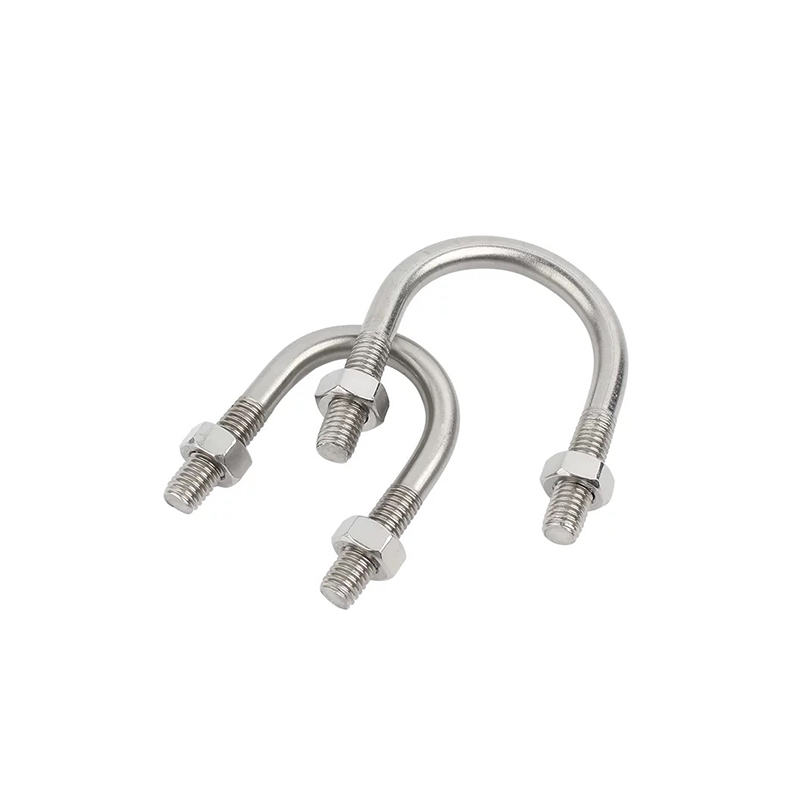

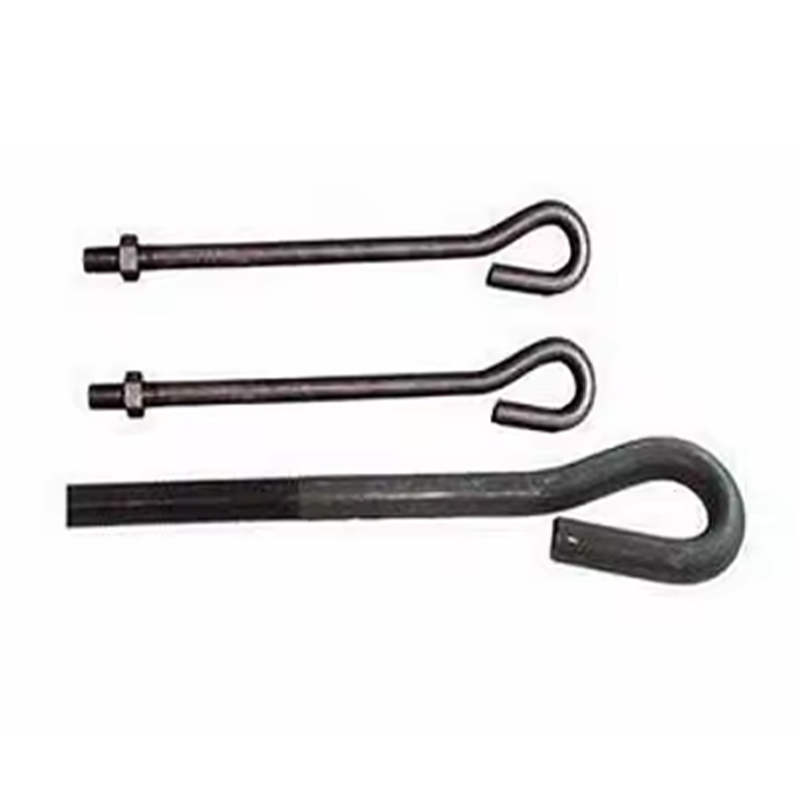
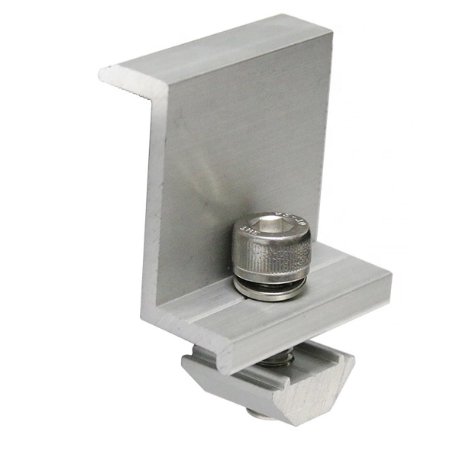
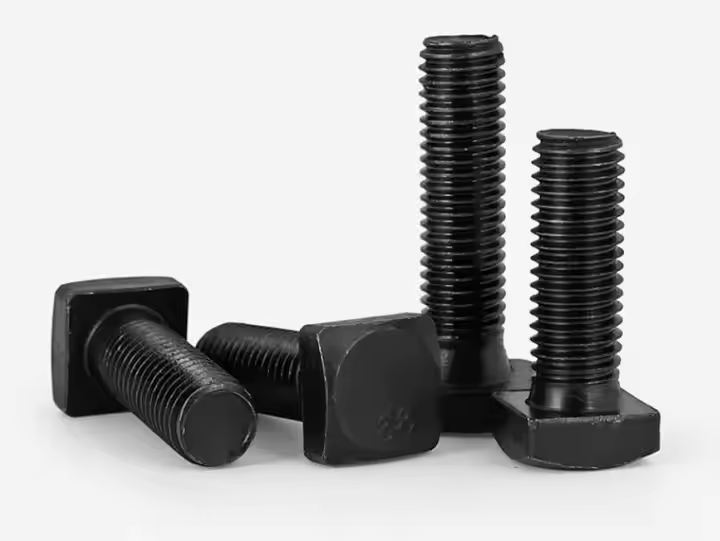
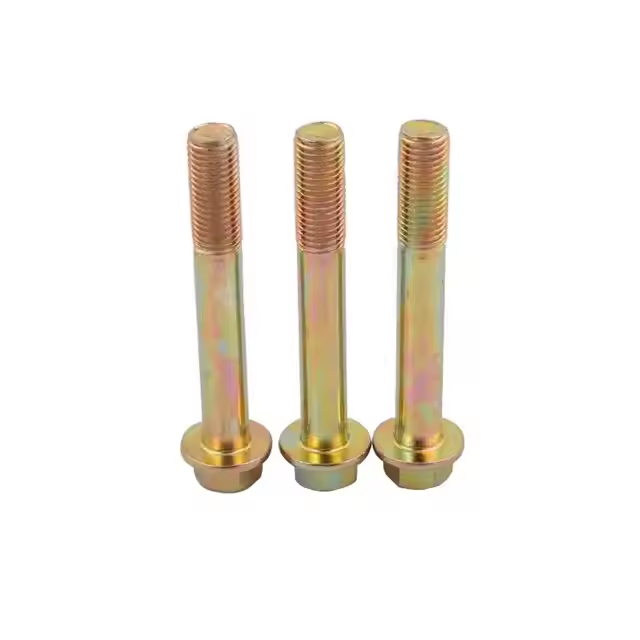
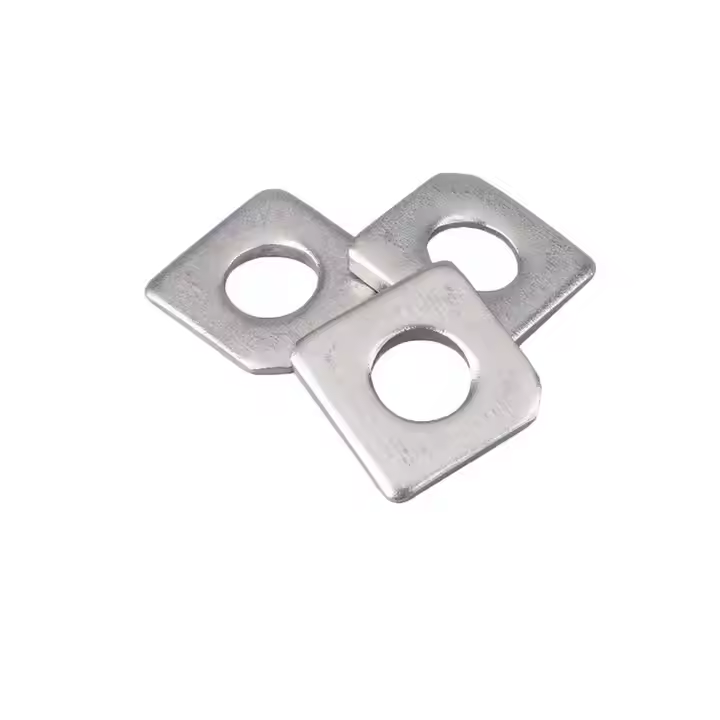

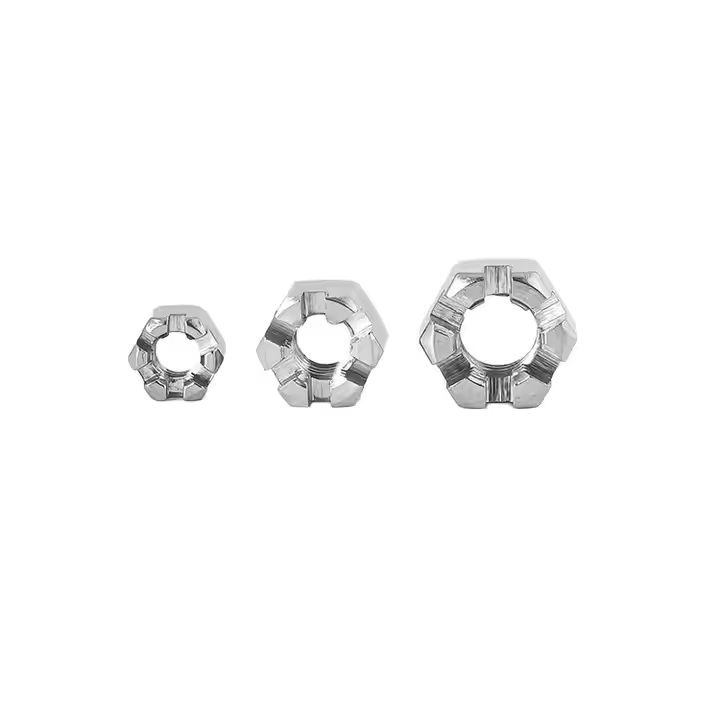
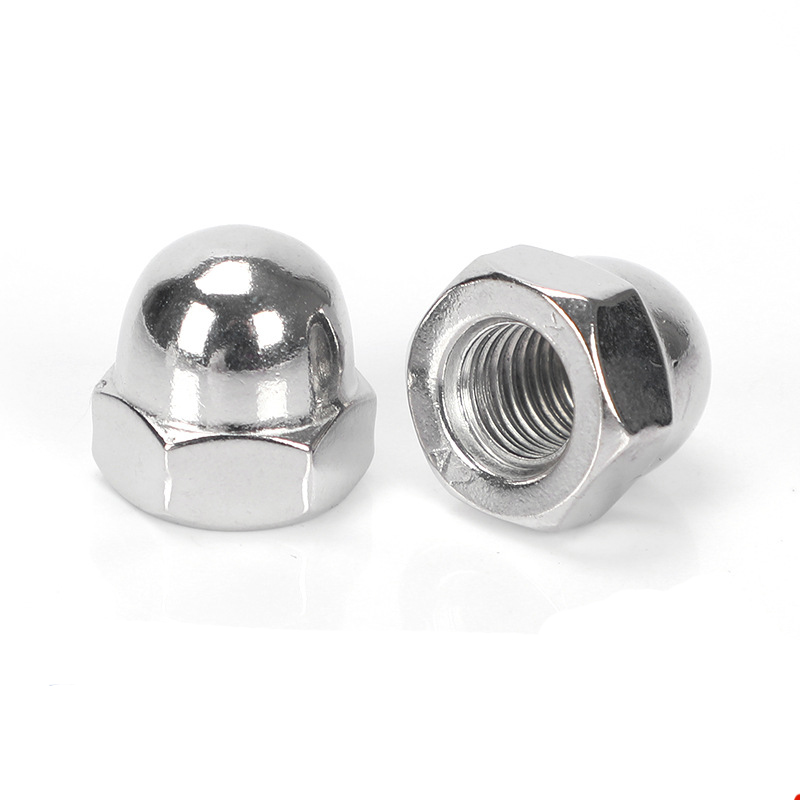
Please enter your email address and we will reply to your email.